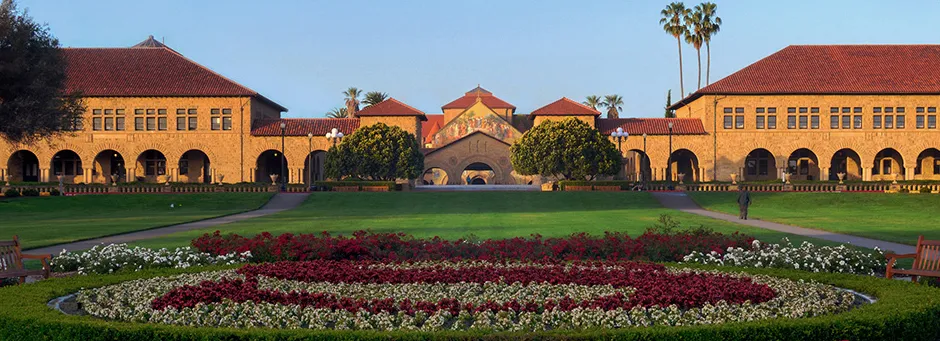Table of Contents
Something is afoot once again on the campus of Stanford University.
We see it in the arrival of Robert Spencer, and in the throng of students who marched out of his lecture.
We hear it in the protests that greeted Charles Murray’s recent arrival on campus.
And we read about it, not only in the Daily and Review, but now in the Sphere as well.
Debate, dear reader, is afoot once again. Students on both the right and the left, unhappy with the mushy, anodyne consensus that otherwise characterizes the Stanford body politic, are reasserting their right to kick up a fuss. More and more, students’ response to contentious issues is not to go with the safe option (“Yeah, no, this is a really serious issue…”) but to get to the nub of things and have a debate. Should we allow a provocative Islam critic on campus? Let’s argue it out. Should Stanford invest in fossil fuels? Debate. Tax reform? Debate again.
And it’s not only students making the push. The administration, along with many of Stanford’s flagship intellectual centers (Hoover, FSI, etc.), has thrown its weight behind Cardinal Conversations, an initiative co-sponsored by the Review that brings pairs of provocative speakers to campus for a dialogue. The first two events featured Peter Thiel, Reid Hoffman, Francis Fukuyama, and Charles Murray, an assortment of high-profile speakers that reflects the sincerity with which the university is supporting the program.
The Stanford administration has also made a welcome effort to explain and defend its decisions. The previous administration was criticized for making controversial decisions by executive ukase — for example, suspending the Marching Band — and failing entirely to justify them. President Marc Tessier-Lavigne and Provost Persis Drell, by contrast, have started Notes from the Quad, a blog where they explain their thoughts on campus culture and provide thoughtful defenses of university policy.
Are things, then, looking up? I would say yes. Stanford feels like an environment more conducive to freedom of expression than it has at any point since I started here two years ago. That means that the Review, the Sphere, and even the Daily — should they choose to publish anything interesting (kidding, kidding) — are freer to push unorthodox and possibly uncomfortable arguments, and have them refuted on their logical merits, not on the emotions or identities of their opponents. To borrow a phrase from my old school headmaster, Dr. John Vallance, we have a moral responsibility to be as intelligent and educated as possible, and that means engaging with ideas of every ideological stripe.
The Review, of course, is associated, not always unfairly, with a certain political perspective. It is an inescapable fact for a publication that prides itself on contrarianism, that the contrarian position on campus is often a conservative one. But in addition to the right-wing spice that you’ve come to either love or hate, look out this volume for some critiques that we can all get behind — an investigation of our extortionate dining policy, a close look at student politics, and much else besides.
The great British polemicist and contrarian Christopher Hitchens once wrote that “Time spent arguing is, oddly enough, almost never wasted.” Odd indeed; at times, the intransigence of one’s opponents, perhaps matched only by one’s own intransigence, can seem an insurmountable barrier to productive discussion. But slowly, achingly slowly (but surely nonetheless), Stanford is remembering its role as a place for thoughtful disagreement. Students are challenging the political orthodoxy and complacency that permeates Silicon Valley and its flagship university. We at the Review couldn’t be happier.





